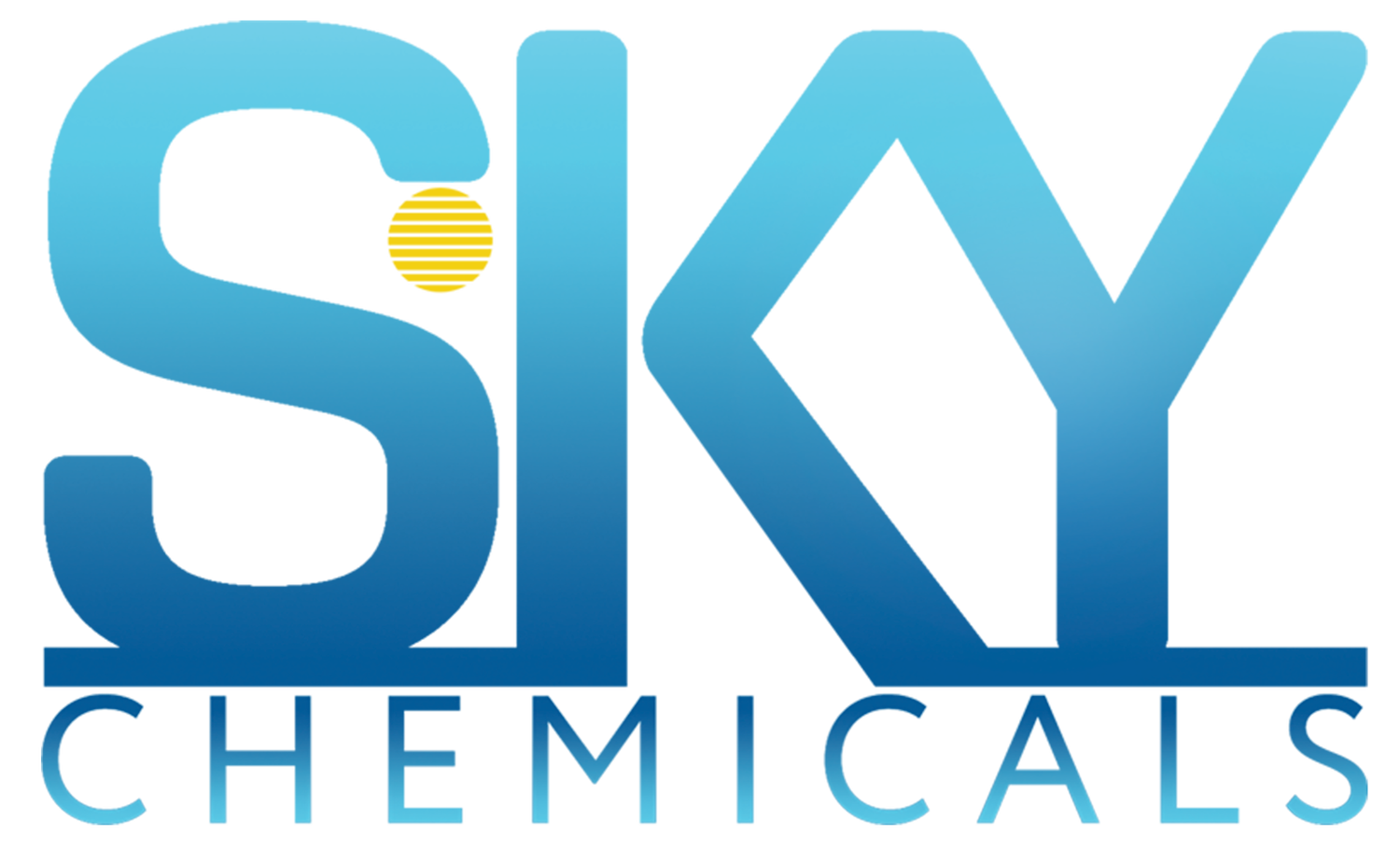A Night on a Covid ward
DISCLAIMER:
Any views or opinions presented in this blog post are solely those of the author and do not necessarily represent those of the company. Employees of Sky chemicals (UK) Ltd are
expressly required not to make defamatory statements and not to infringe or authorize any infringement of copyright or any other legal right by email communications. Any such communication is contrary to company policy and outside the scope of the employment
of the individual concerned. The company will not accept any liability in respect of such communication, and the employee responsible will be personally liable for any damages
or other liability arising.
I tested positive for coronavirus just over 2 weeks ago, a couple of days before the
heatwave began. After a few days of gradually feeling worse and losing mobility,
I developed severe pain and noticeable swelling down my leg. Suspecting DVT,
I called 111 and was told to go to the hospital within an hour. When I arrived, the
hospital looked like it had just opened a bar. Inside was completely full and the
entrance outside was repurposed as an additional waiting space where people were
drinking and smoking. I was asked to wait outside whilst they prepare a bed on the covid ward.
After about half an hour, I was called into the ward. The first thing I noticed was a
“KEEP DOOR CLOSED” sign stuck to a door that was wedged open. The healthcare staff
was trying to balance the risks of virus transmission with the risks of the heatwave.
A further 4 hours passed before I was seen for initial evaluation. During this time I’d seen
healthcare technicians pass through once, and a bed turnaround did. I noticed that the
bed turnaround was quick and ineffective, using completely the wrong type of product.
The disinfectant used was a class 2A medical device that is ineffective in soiled conditions.
This means that it’s ineffective in the conditions faced, which will be soiled due to coughing,
oils, and residues from the skin, and expensive owing to the unnecessary regulatory procedures.
It is also very risky to use a chlorine-based product in a ward where the patients have
respiratory issues and many were on ventilators, particularly during the heatwave.
In writing this, I am not blaming the staff. There is a general and worldwide lack of understanding
of effective active ingredients in disinfectant products and the suitability of each type in different
scenarios. It is our duty, as a manufacturer, to inform our users about the pros and cons of what
they’re currently using, why peracetic acid is the best active ingredient, why in situ peracetic acid
is better than pre-formed, and why Peracide is the best disinfectant on the market currently.
I am thankfully negative for coronavirus and almost completely recovered. I have a renewed
sense of purpose in getting the message about Peracide out to healthcare institutions to help
with education on disinfectants and their ingredients.
A night on a covid ward





